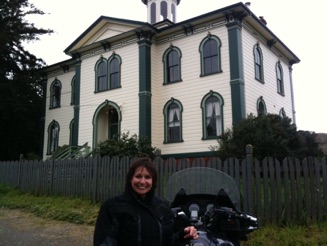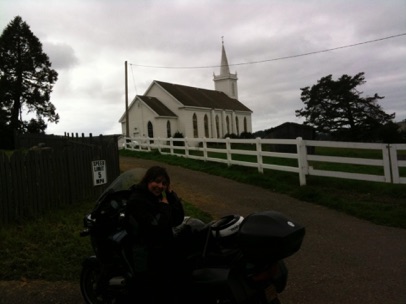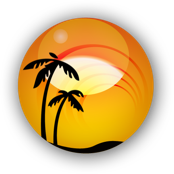“Go sailing now my friend,
it is later than you think”


“Go sailing now my friend,
it is later than you think”
Tomales Bay
There is so much to see and explore in Tomales Bay. The more time you can spend in the bay the better. An early morning departure leaving from Sausalito is the best, as in making any passage North along the California coast. Rounding Point Reyes before the afternoon wind picks up is no exception.
Point Reyes with Drakes Bay in the background.
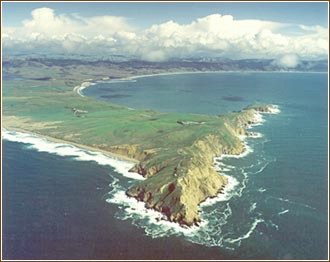
Getting away from San Francisco Bay before 7am will make an enjoyable passage into Tomales Bay by late afternoon.
This is the basic layout for a cruise, Sausalito to Tomales Bay and back to Sausalito. My favorite way is to go out on the ebb. With a good ebb, you don't necessarily want a lot of wind, it just makes the waves even bigger.
So an early morning ebb it is. Going out on a flood is just going to make a long trip even longer. I would recommend a earlier departure. It will be calm, making it easy to power out the Gate through Bonita Channel and maybe up as far as Duxbury Reef.
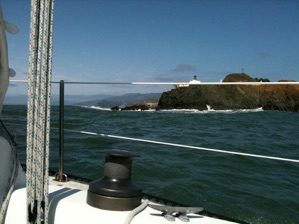
By the time you get out to the Potato Patch there should still be an ebb going. This ebb, is also going to get to you through the Bonita Channel. Which is between the Potato Patch and Tennessee point. GPS way points have gotten me through here in the thickest of fog.
Duxbury Reef is really not that a big deal, provided that you do go to the west of the marker, except for all the boat traffic. It is very popular amongst the fishing boats. Just a matter of keeping a close look out if there is any fog. Up to this point the sea conditions will have been very disturbed, with reflections off of the mainland and the current from the bay. With the seas started to settle down and Point Reyes blocking all the big rollers, this area between Duxbury Reef and Point Reyes is a great place to sail in 10 to 20kts of winds. By the time you get up here the wind should start to fill in and you could kill your motor.
Tacking in and out along the beach is very pretty from Bolinas Point, along Limantour and into the Drakes Bay anchorage.
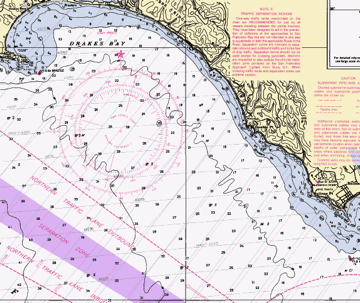
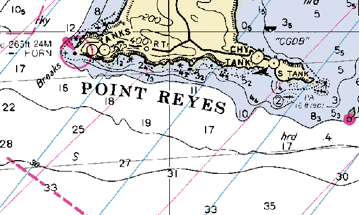

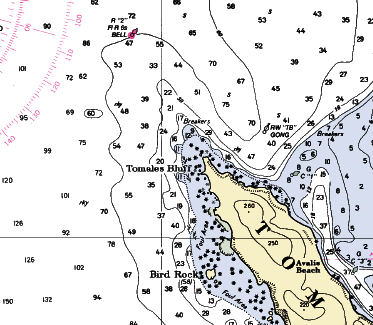
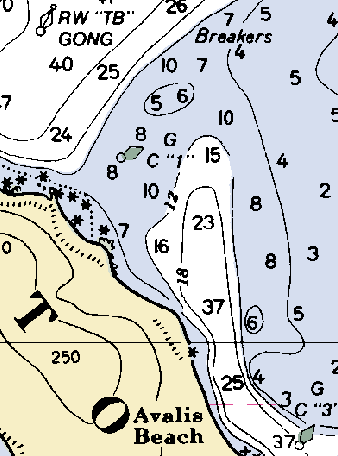
If there are large rollers, do not turn around if seeing the bottom come up toward you is frighting. Your boat will make it across and you could be VERY surprised half way through your turn.
Now, like you, I have also heard a lot of people talk about this entrance. But I'm not sure about the particular perspective of these stories. Since this whole area is very popular with smaller trailer type power boats that are used by the fishermen, I could see how some of these conditions could be rather terrifying and you could get into some pretty serious trouble. But, for a comfortable size sailboat that is maneuverable at low speeds, I think it is relatively safe even under some of the more severe conditions. The area is quite protected by Tomales Point and the current never really gets that strong. It takes some good size rollers and a max ebb to get breaking waves all way across the bar.
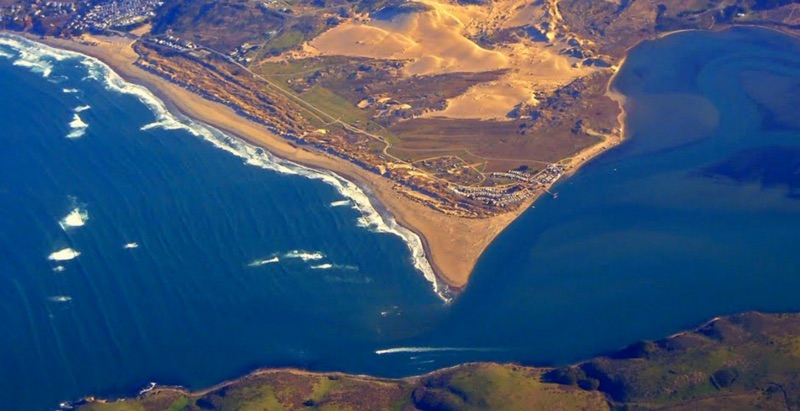
I suppose if you wanted to say there was a good time of year and a bad time, I would guess that might mean the bad time would be in the winter and spring when we get the large storms up in the Gulf of Alaska which generate very large rollers. These large swells could create some good size waves at the bar. I have come in and out of here when the Bodega offshore buoy was reporting 20 ft. seas and 14 ft. wind waves with winds of 35 Kts. I certainly did not want my motor to die at that point or for the boat to go sideways to the action, but I wasn't in any danger. I think if people pay attention, they will be just fine. Like any situation, you have to apply commonsense.
After I come around the Tomales Point marker, I usually sail all the way down to the anchorage. So everybody should be relatively OK and there is plenty of room and time to get out of any trouble if you would happen to get into any. From here on, it's relatively straightforward.
Once inside Tomales, there is a dozen great little coves to anchor in. Just take your pick. Some of my favorite are, White Gulch, Pelican Point, Tomales Beach, Marshall Beach, Sacramento Landing and Indian Beach. When I leave my boat here for the week, if I am making a two weekend trip, I anchor in Marconi. This is about as far south as you can go with a large boat. The bay just starts to get too shallow.
Bodega Bay

Bodega Harbor
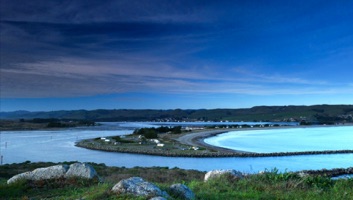
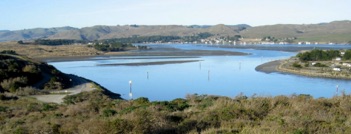
Bodega
